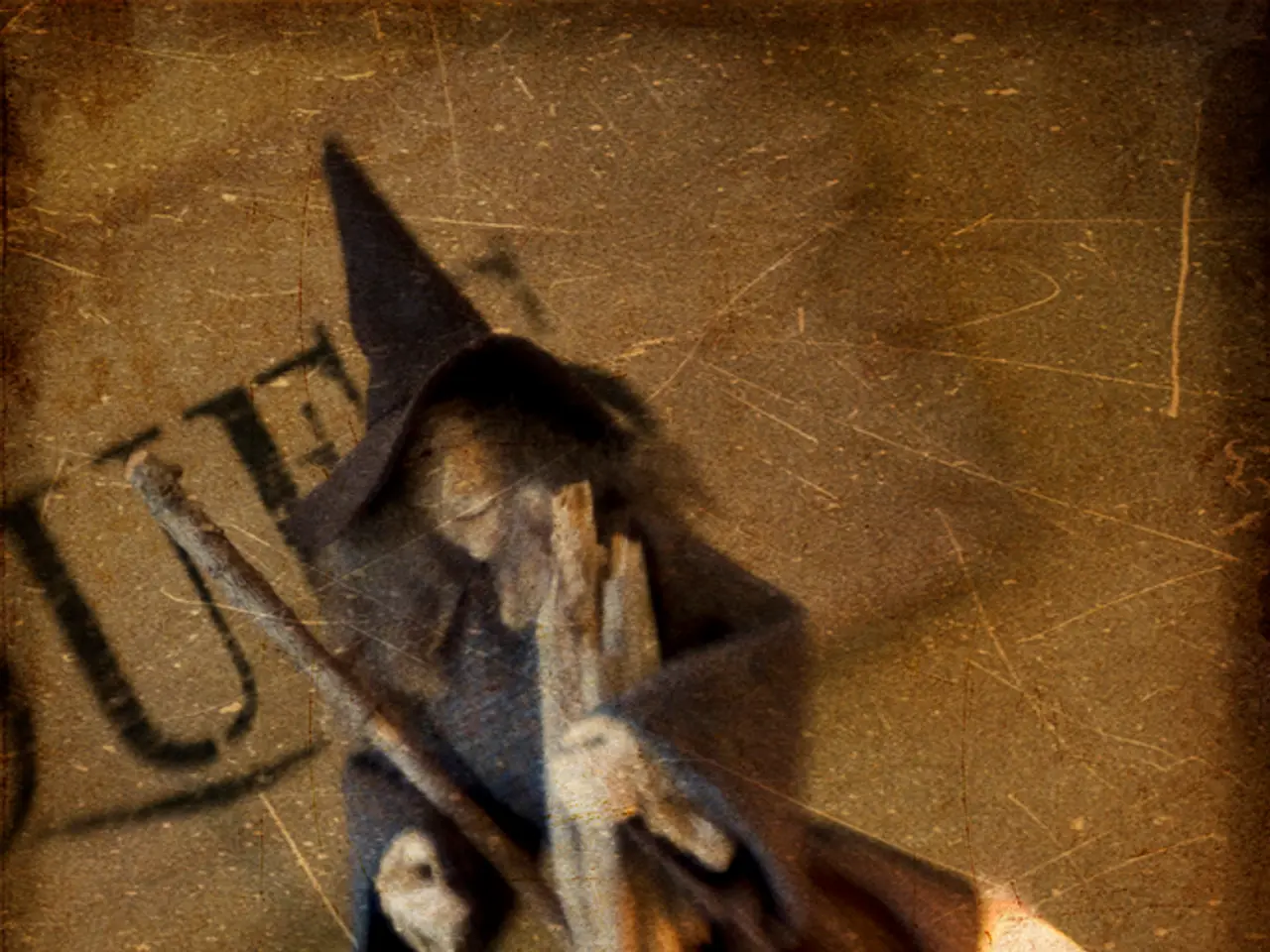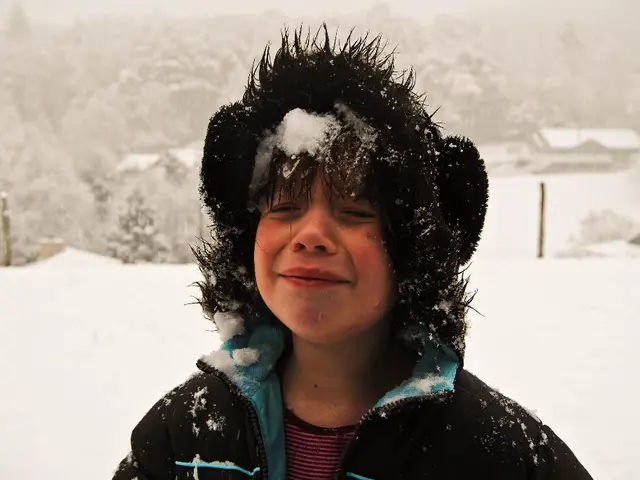Theimportance of Halloween in modern society: an examination
The spooky season is upon us, and retailers are gearing up for a bountiful Halloween. This year, the National Retail Federation (NRF) predicts that Americans will spend a record-breaking $8.8 billion on Halloween-related activities, making it the third-highest spending in the study's 14-year history.
This spending surge will benefit a variety of sectors, including department stores, discount stores, grocery stores, online retailers, Halloween specialty stores, and even the pet business. Department stores, in particular, are focusing on capturing the impulse Halloween shopper, offering a tightly focused selection of candy and decor.
Discount stores, such as dollar stores, are also a significant player in the Halloween market. Known as 'basket builders,' they offer candy, cheap costume accessories, and other items at affordable prices. Party City, for instance, made over $65 million from its temporary Halloween City and Toy City stores last year.
But it's not just about the big players. Specialty Halloween stores, which have remained relatively consistent in the Halloween shopping market, could potentially have the most to gain or lose, depending on the success of the holiday this year. Finding leases can be a challenge for these stores, but there are many vacancies available in dead retail spaces.
Online search is the top source for Halloween inspiration, with 35% of consumers going online for ideas. Social media platforms have also become inspiration hubs since 2015, with people using their smartphones for both inspiration and purchasing during Halloween.
Despite the positive outlook, there are potential challenges. Tariffs could potentially impact Halloween sales, but most Halloween products should have been purchased before tariffs hit. The timing of Halloween falling on a Thursday this year is also not ideal for retailers, as it is far from the weekend and can make it harder to plan for last-minute shoppers.
Halloween is one of the top five most important holidays for the retail industry, according to Bill Lewis, a director in the retail practice at AlixPartners. With 95% of shoppers planning to buy candy, followed by 72% buying decorations, 67% purchasing costumes, and 34% getting greeting cards, it's clear that retailers are gearing up for a spooktacular Halloween season.
In addition, the pet business is growing during holidays like Halloween and Christmas. This year, 29 million people are planning to dress their pets in costumes, according to the NRF's report.
Craft retailers' participation in Halloween shopping has remained relatively consistent over the years, hovering around 12% to 13%. The retailer's sales were $10.8 million higher than the year prior, 'driven by Halloween City sales per store increasing 14.1% versus the month of fiscal October 2017.'
As for the pop-up stores of Party City and Spirit Halloween, the search results do not provide information about the responsible persons for these stores preparing for the Halloween season.
In conclusion, the retail industry is bracing for a booming Halloween season, with Americans expected to spend an average of $86.27 per person on Halloween-related activities. Whether you're a retailer or a consumer, get ready for a spooktacular time!
Read also:
- Alcohol and Hormones - A Delicate Equilibrium Prone to Disruption
- Latest Principal Information Bureau Announcements on 12-09-2025
- Farewell uttered to the elderly Berlin rent activist, aged 85, by his companions.
- Energy Efficiency in Housing: Implementing Gender-Targeted Strategies for a Sustainable Future (Part 2)





